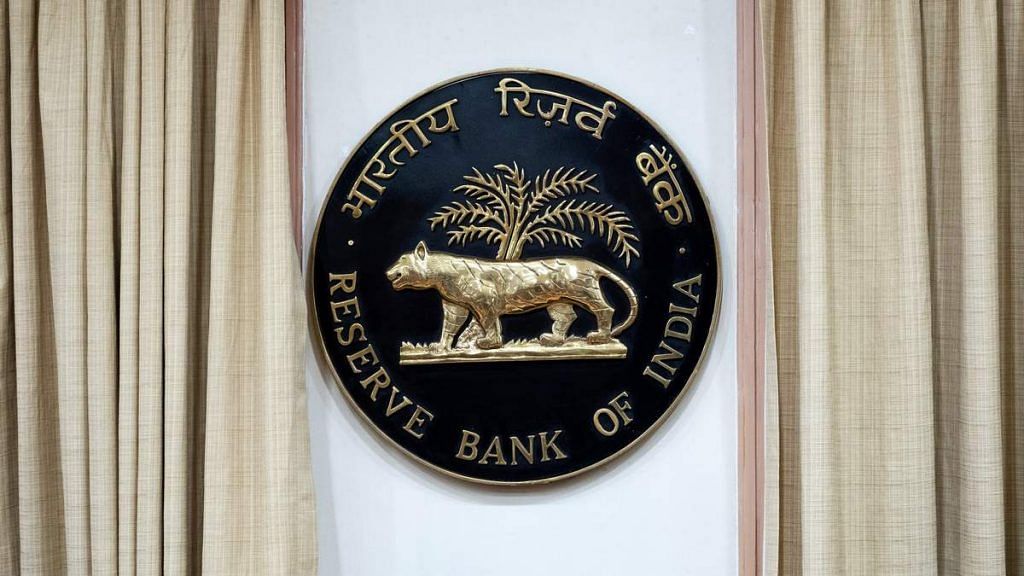New Delhi: Amid stiff economic challenges and pressure to adhere to a fiscal deficit target of 3.4 per cent in 2019-20, the Narendra Modi government is banking on the Reserve Bank of India’s surpluses, ThePrint has learnt.
It is expecting a portion of the central bank’s reserves to be transferred to the treasury by the second quarter of the current financial year, for use in “more productive purposes”, three separate sources told ThePrint.
A six-member committee under former RBI governor Bimal Jalan was set up in December to decide the central bank’s economic capital framework.
The committee, which was slated to submit its report in April, is yet to finalise the report. However, the sources said the report is expected to be ready by the end of the month.
Finance Minister Nirmala Sitharaman, who will present her first budget on 5 July, is expected to make “some announcements” that will help boost consumption, even as the fiscal space remains constrained, the sources added.
These announcements, the sources said, and the associated expenditure are likely to be based on the “assumption” that a part of the RBI surplus will be directed towards the Centre’s kitty.
India’s economic growth slowed to 5.8 per cent for the January-March quarter of 2018-19. However, analysts say the economic situation could be worse.
“While the government is in a tight spot financially right now, it is looking at a transfer of some money from the RBI’s surplus kitty,” said the government official. “Once that happens, things will change. However, the RBI’s autonomy is sacrosanct and that will not be touched.”
Also read: Lenders give equities a boost after RBI eases bad-debt rule
‘One of the most highly-capitalised central banks’
The RBI’s total reserves stand at an estimated Rs 9.59 lakh crore.
Former chief economic adviser Arvind Subramanian, who has been caught in a storm since he said India’s GDP growth between 2011-12 and 2016-17 may have been over-estimated, had recommended the transfer of a larger chunk of the RBI’s excess capital to the government.
“There is no particular reason why this extra capital should be kept with the RBI. Even at current levels, the RBI is already exceptionally highly capitalised,” the Economic Survey for FY17 said, adding that the amount could be redirected towards recapitalising the cash-starved public sector banks. He also noted that the RBI was one of the most highly-capitalised central banks in the world.
The Centre and the RBI found themselves at loggerheads last year when the former sought a larger chunk of the central bank’s reserves.
Then RBI governor Urjit Patel had vehemently resisted the Centre’s insistence to part with a larger chunk of its reserves, saying it would undermine the central bank’s autonomy.
According to the Modi government, the buffer of 28 per cent of gross assets that is held by the central bank is well above the global norm of around 14 per cent.
Former RBI deputy governor Rakesh Mohan is the vice-chairman of the RBI committee looking into the issue. Besides Jalan and Mohan, the committee includes economic affairs secretary Subhash Chandra Garg, deputy governor N.S. Vishwanathan, along with RBI central board members Bharat Doshi and Sudhir Mankad.
Also read: RBI issues new NPA norms for resolution of bad loans
